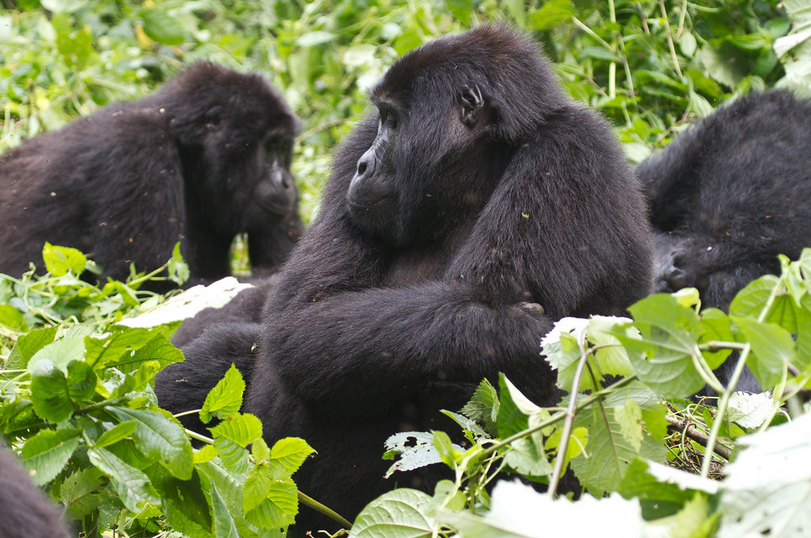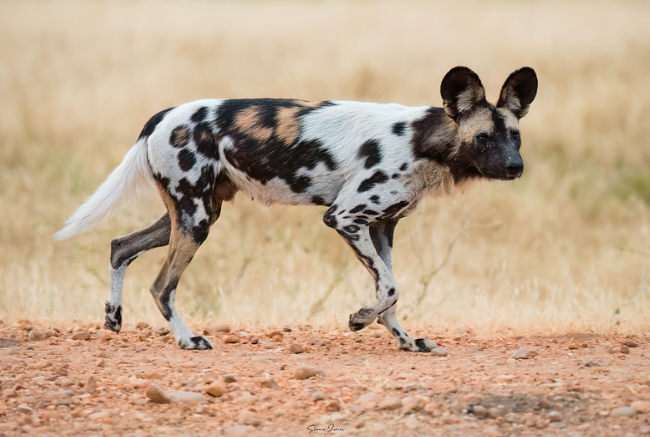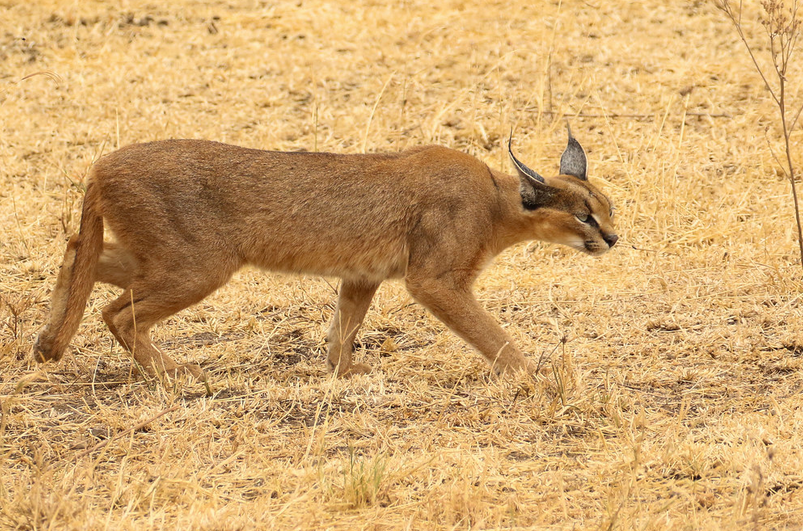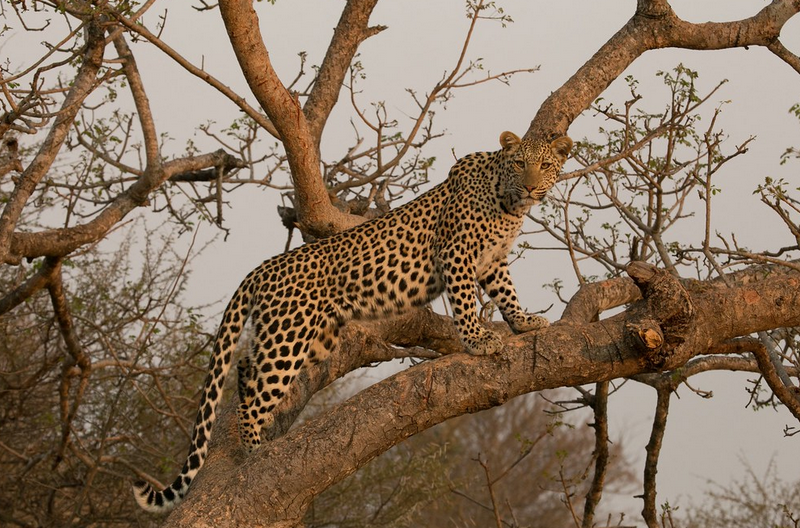The Baganda Culture
“The King’s Men”
Overview:
The Baganda Culture: The Ganda people also known as the Baganda (singular “Muganda”) are a Bantu ethnic group native to a subnational kingdom “Buganda” within Uganda and their language is called Luganda. Traditionally composed of 52 clans, the Baganda is the largest ethnic group in Uganda with about 5 million people occupying the central part of Uganda which was formerly called the Baganda province. These people can therefore be found in the present districts of Kampala, Mpigi, Masaka, Mukono, Kalangala, Kiboga, Mityana, Mubende, Rakai not to mention but a few. Sometimes described as “the king’s men” because of the importance of the king or Kabaka in their society, the Ganda are located along the northern and western shores of Lake Victoria in the East African nation of Uganda. The former kingdom of Buganda, which today is the area occupied by the Baganda is bounded on the north by the former kingdom of Bunyoro and on the East by the Nile River.
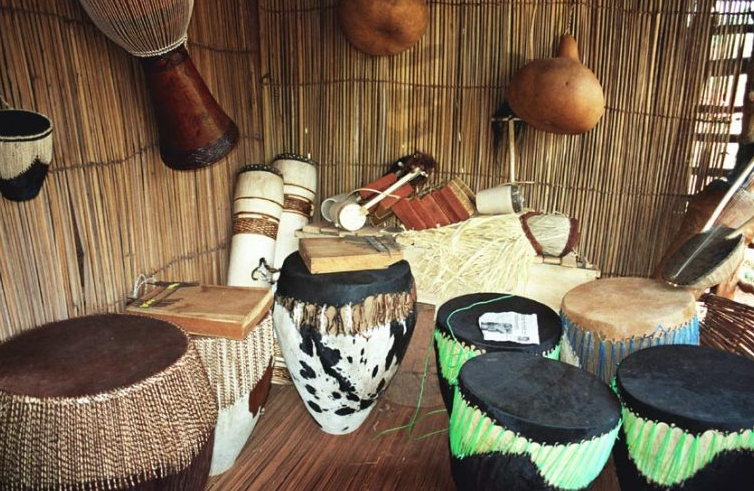
The Baganda Culture
What to see and enjoy
Language
The Baganda speak a Bantu language called Luganda and the singular form of Baganda is Muganda. Like many other African languages, Luganda is tonal, meaning that some words are differentiated by pitch.
Religion
The biggest number of the present-day Baganda is Christians; evenly divided between Catholics and Protestants. Approximately 15% are Muslims (followers of Islam). In the latter half of the 19th century, most of the Baganda were practicing an indigenous (native) religion known as the “Balubaale” cult and this cult consisted of gods who had temples identified with them. These gods were each concerned with specific problems for example there was a god of the lake, a god of warfare and a god of fertility. The Baganda also believed in spiritual forces, particularly the action of witches, which were thought to cause illness and other misfortune. People often wore amulets (charms) to ward off their evil powers. The most significant spirits were the Muzimu or ancestors who visited the living in dreams and sometimes warned of impending dangers. The Balubaale cult no longer exists. However, belief in ancestors and the power of witches is still quite common.
Birth
In Buganda, whenever a woman was pregnant, she would use herb called nalongo so that her private regions can widen. If the woman had ever given birth, she would begin to use the herb at the seven months of pregnancy and if she was conceiving for the first time, she would begin using it at six months. After giving birth, the afterbirth (kigoma) was buried near the doorway and the essence of burying it was to remove it from the reach of those who might employ evil purposes such as killing the baby or even rendering the mother barren. The mother would spend 3 days in confinement after birth but the period tended to depend on when the umbilical cord got dry. After about 2 weeks, the husband would play sex with the wife for the first time after she had given birth. This was a ritual function connected with the health of the child and on that day, the child would be named. Thereafter the woman would stay celibate for some time before resuming sexual intercourse with the husband.
Food
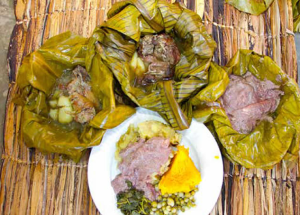
The staple food of the Baganda is Matooke plantain, (a tropical fruit in the banana family). It is steamed or boiled and commonly served with groundnut (peanut) sauce or meat soup. Sources of protein include eggs, beans, fish, chicken, beef, groundnuts, goats as well as grasshoppers and termites in season. Common vegetables are cabbage, beans, mushrooms, carrots, cassava, sweet potatoes, Irish potatoes, onions and various types of greens. Fruits include sugarcanes, mangoes, guavas, paw paws, pineapples, jackfruit, passion fruit, sweet banana, oranges, lemons and papaya. Drinks include indigenous fermented beverages made from bananas (mwenge), pineapples (munanansi) and many more. Although Baganda have cutlery, most of them prefer to eat with their hands especially when home.
Death
The Ganda feared death very much and didn’t believe in such paradigms as life after death. Whenever someone died, they would weep and wail round the corpse and weeping was important because one would not weep and wail could easily be suspected of causing the deceased’s death. The Baganda did not believe that death was a natural consequence and all deaths were attributed to wizards, supernatural spirits and sorcerers. Therefore, after almost every death, a witch doctor would be consulted. Burial was usually carried out after five days and this is because the body had to wait for that long in belief that it might still contain the element of life and might perhaps come back to life. Some people especially the women would go as far as pinching the corpse to ascertain if it could feel the pain. Women were believed to rot faster than men and they were thus normally buried earlier than men. After burial, there would follow a month of mourning, ten days after mourning would be funeral rites known as “okwabya olumbe”.
Okwabya olumbe was a great ceremonial feast whereby all the clan elders would be invited and many people would attend. It involves a lot of drinking, eating, dancing and unrestrained sexual intercourse among the members present. On that same occasion, an heir would be installed if the deceased was the head of the family. The heir apparent would stand near the door dressed in ceremonial bark cloth and armed with a spear and a stick. The elders would then instruct him as appropriate and require him, among other things, to assist the beneficiaries. The children of the deceased would be covered with bark cloth and told to go crying to the plantation in order that the ghost of the deceased should come out of the home. They were also required to shave off their hair.
Political set up
The Baganda have a centralized government system which by 1750 was most well organized in the interlacustrine region the head of state the king locally known as the Kabaka. Previously the Bataka had a lot of political influence and also enjoyed a position almost similar to that of Kabaka although they were subject to him in his capacity as Ssabataka. However, after 1750, the Kabaka assumed position of political importance far superior to the ranks of the Bataka. Kabaka’s position was hereditary but it was not confined to any of the clans because the king used to marry from as many clans as possible and this encouraged loyalty to the throne in the sense that each of the fifty-two clans hoped that it would produce the king someday.
There are a number of persons that occupied positions of political and social importance and these were the royal sisters (Namasole), the Prime Minister (Katikiro), the Mugema and the Naval and the Army commander’s referred to as Gabunga and Mujasi respectively. The kingdom was divided into administrative units known as counties (Amasaza) which were further subdivided into sub-counties (Amagombolola) and these were sub-divided into parishes called Emiluka which were sub-divided into sub-parishes. The smallest unit was known as Bukungu which was more or less a village unit. All the chiefs at all the levels were appointed by the Kabaka and they were directly responsible to him. There was also a system known as okusenga where children of the bakopi were sent to grow up at the Kabaka’s and the chief’s courts as a means of apprenticeship. Those who demonstrated their ability were rewarded with political appointments; the system involved a lot of servitude and hard work coupled with harsh treatment by the chiefs. In this way, a person could rise through the chiefly hierarchy from a commoner to the appointed Katikiro if his services proved exemplary.
Way of dressing
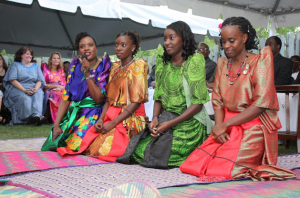
The rural Muganda woman typically wears “a busuuti”. This is a floor-length, brightly colored cloth dress with a square neckline and short, puffed sleeves. The garment is fastened with a sash placed just below the waist over the hips, and by two buttons on the left side of the neckline. Traditionally, the busuuti was strapless and made from bark-cloth and was worn on all festive and ceremonial occasions. The indigenous dress of the Baganda men is “e kanzu”, a long, white cotton robe and on special occasions, it is worn over trousers with the western-style suit jacket over it. Younger people wear western style clothing; jeans, slacks, suits, skirts, blouses and ties.
Success
Before, there would be succession disputes after the death of the Kabaka. With time, however, structural modifications were made to avoid such disputes. The most ancient of such modifications was the king to kill all his sons and leave only one of them who would inherit the throne after his death. As time went on, the reigning king would nominate the one who would succeed him before he died and it is said that such a nomination would be adhered to as far as it was humanly possible. But the final decision in such a case lay in the hands of the Katikiro, the Kimbugwe (traditional saza chief of Buruli) and Kasujja-Lubinga (a chief traditionally appointed from the Lugave clan to look after the Balangira Bengoma; the heirs apparent). The other princes who were not heirs to the throne were known as Mituba and they were under the direct control of an old prince known as Sabalangira. By the 1900 Buganda agreement, this procedure was severely altered and the Kabaka was to be elected by the Lukiiko and approved by her majesty the Queen of England and Ireland, Express of India and so forth. These conditions however remained on paper. The choice of the last two kings; Mutesa II and his son Mutebi II were through nomination by their own fathers.
Death of the king (Kabaka)
Whenever the Kabaka died, his drums known as Majaguzo were taken away to a place of safety until a new Kabaka was appointed. These drums were under the guardianship of the members of the Lugave clan. The sacred fire referred to as Gombolola which had been kept incessantly burning the lifetime of the Kabaka would be extinguished. It would be re-lit on the installation of the new Kabaka. Indeed the customary phrase to announce the death of a Kabaka was “Omuliro gwe Buganda Guzikide” which translates that Buganda’s fire has been extinguished. The tradition of equating the king’s lifetime with the burning of the fire was believed to have started during the reign of Kintu and to have continued until the flight of Muteesa II from Lubiri palace in 1966. The traditional keepers of this fire were styled as Senklore and Musoloza and also customary to announce the death of the Kabaka with the phrase “Agye omukono mu ngabo” meaning he has let loose the shields.
Kabaka’s burial
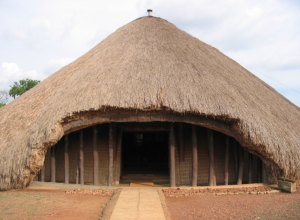
When the Kabaka died, his body would be carefully wrapped in appropriate attire and placed in a room called Twekobe which was inside the Kabaka’s house. The two chiefs Kangawo (title for the county chief of Bulemezi) and Mugerere (county chief of Bugerere) would be put in immediate charge of the body. Before burial, the body would be embalmed for almost six months and the Baganda believed that the spirit of a man would always remain where his jaw bone was. For this reason, the jawbone of the Kabaka was removed from his body before burial and a special shrine was built to house it.
Relationships
The Ganda people place paramount emphasis on being sociable. Cleverness and assertiveness are valued as ways to achieve upward mobility. Elaborate greeting rituals best symbolize the importance attached to being sociable. Propriety requires that neighbors exchange length greetings when meeting along the road and greetings vary according to the age of participants, time of the day and length of time since previous encounter. In Kampala, greetings are far less frequent and shorter in duration than in rural areas. Also, women in Kampala are much less likely to kneel while greeting men or other social superiors, a custom still prevalent in rural areas. Men are expected to develop the art of flattery because women do not flatter but they are expected to deceive a man into thinking that he is her only suitor and affections between the opposite sexes are not shown in public.
Education
Missionaries introduced formal education and reading and writing (literacy) in Uganda in the 19th century. The Ganda value modern education and will often sacrifice a great deal to obtain schooling for their children. Members of a family will combine resources to support a particularly promising student. Upon the completion of education, the family member is expected to help his or her relatives.
Hobbies and Crafts
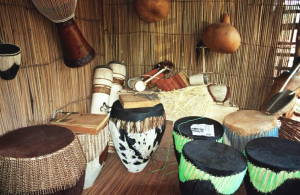
The manufacture of products from bark cloth was and continues to be significant. The bark from a species of fig tree called “Mutuba” is soaked in water then beaten with a wooden mallet. This yields a soft material that is decorated with paint and then cut into strips of various sizes. Larger strips traditionally were used for partitions in homes. Smaller pieces were decorated with black dye and worn as clothing by women of royalty. Later, bark-cloth dress became the national dress though today one rarely sees bark cloth dresses due to being replaced by the cotton Busuuti. Bark-cloth is found today a decorative placemats, coasters and designs on cards of various sorts.
Economic activity
The traditional Ganda mainly relied on agricultural products. Unlike other cultures, cattle played a minor role in Buganda because the Ganda people often hired labor from neighboring communities to help rear cattle for those who owned cattle. The women were the main attendants to the farms while the men engaged in trade and politics. They would also carry out trade with the neighboring communities and often exchanged materials like cloths, guns, food, silver, gold not to mention but a few.
Family life
The traditional term for marriage was “jangu onfumbire” which means ‘come cook for me’. This symbolized the prevailing authority patterns in the typical household. The husband and father were supreme, Women and children knelt to the husband in respect to his authority, and he was served his food first. Today, Baganda children frequently describe feelings of fear and respect for their fathers and warm attachments to their mothers. After marriage, a new household is established usually in the village of the husband. Most marriages of Baganda are monogamous although polygamy was also not uncommon in the past.
Origins
There are abundant traditions about the origins of Baganda however; most of these traditions contrast very sharply. One tradition asserts that they are descendants of the legendary figure of Kintu, the first human according to the Ganda mythology and was said to have married Nambi, the daughter of the creator deity Ggulu. A related tradition holds that Kintu came from the east, from the direction of Mount Elgon and passed through Busoga on the way to Buganda. A separate tradition holds that the Baganda are the descendants of the people who came from the east or the northeast around A.D. 1300. According to the traditions chronicled by Sir Apollo Kagwa, Buganda’s foremost ethnographer, Kintu was the first Muganda and having descended to Earth at Podi is said to have moved on to Kibiro, and having reached Kyadondo in Uganda’s modern-day Wakiso district and formed Buganda there.
One could possibly gather that the Baganda came to occupy Buganda from two main directions; one from the east by way of Busoga and another from the west by way of Bunyoro. The best that can be said is that being Bantu speaking, the Baganda originated from central Africa where all the Bantu are said to have originated.
Below are some of our tours to different destinations in the Country
1 Day Chimpanzee Ngamba Island Tour
1 Day Source of the Nile Jinja
2 Days Murchison falls national park
3 Days Lake Mburo national park safari
3 Days Murchison falls national park
3 Days Queen Elizabeth national park
4 Days Kidepo savannah wildlife safari
5 Days Queen & Bwindi Adventure safari
6 Days Uganda wildlife & primate safari
7 Days Uganda Adventure Safari
8 Days Gorilla & Wildlife safari
10 Days Gorilla & Adventure safari
Request a Quote
Featured Tour Updates
Permit cost for gorilla trekking in Uganda
Permit cost for gorilla trekking in Uganda Permit cost for gorilla trekking in Uganda : Gorilla trekking is one...
The African Wild Dog
The African Wild Dog The African wild dog: (Lycaon pictus) also known as the African painted dog or Cape...
The Caracal (Felis caracal)
The Caracal (Felis caracal) The Caracal (Felis caracal): is a medium-sized wild cat that can run up to 50...
African Leopards (Panthera pardus)
African Leopards (Panthera pardus) African Leopards (Panthera pardus) : are one of the most feared but respected animals in...


